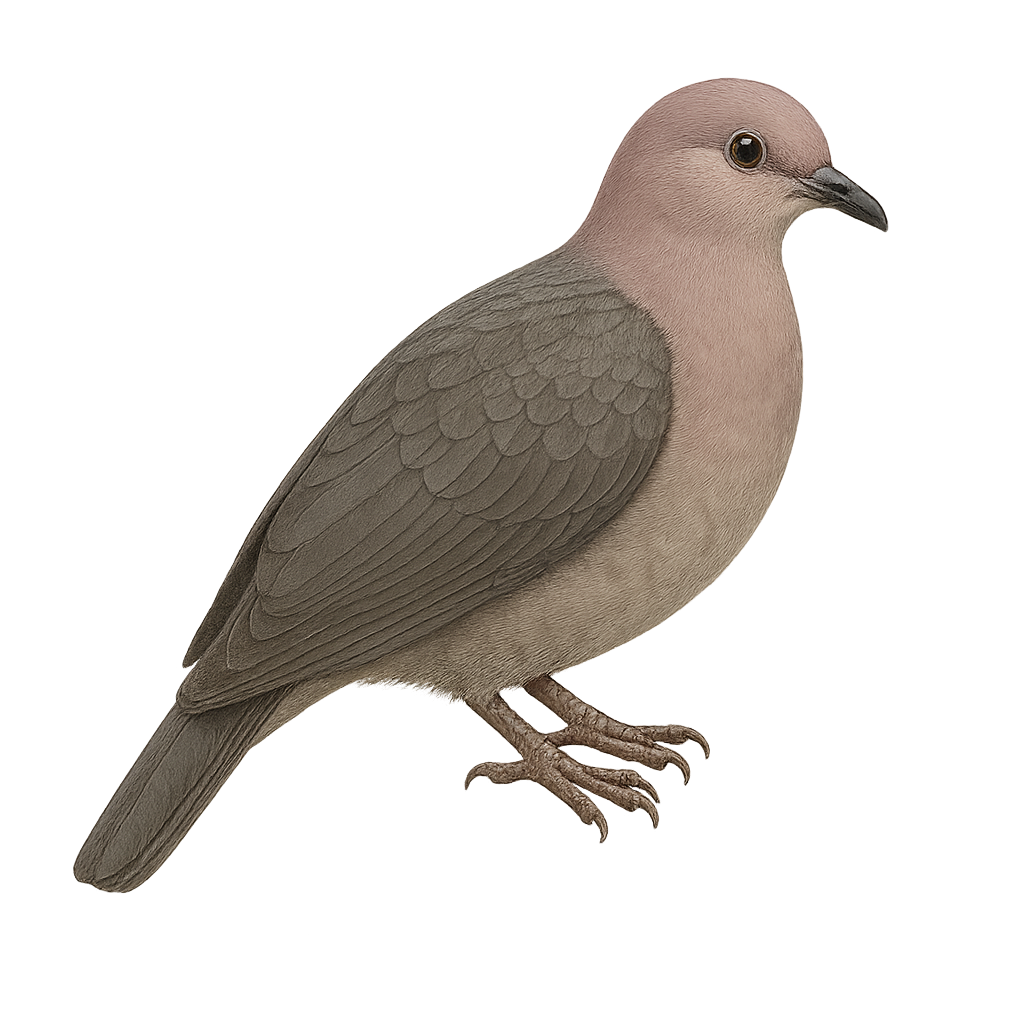Your wildlife photography guide.
Explore the sumba imperial pigeon in detail, study its behavior, prepare your shots.
Where to observe and photograph the sumba imperial pigeon in the wild
Learn where and when to spot the sumba imperial pigeon in the wild, how to identify the species based on distinctive features, and what natural environments it inhabits. The WildlifePhotographer app offers tailored photography tips that reflect the sumba imperial pigeon’s behavior, helping you capture better wildlife images. Explore the full species profile for key information including description, habitat, active periods, and approach techniques.
Sumba Imperial Pigeon
Scientific name: Ducula lacernulata

IUCN Status: Vulnerable
Family: COLUMBIDAE
Group: Birds
Sensitivity to human approach: Suspicious
Minimum approach distance: 10 m
Courtship display: August to September
Incubation: 18-20 jours
Hatchings: August to October
Habitat:
Tropical rainforests, wooded areas, secondary forests
Activity period :
Primarily active during the day, with peak activity in the morning and late afternoon.
Identification and description:
The Sumba Imperial Pigeon, Ducula lacernulata, is a medium-sized bird endemic to the island of Sumba in Indonesia. It is recognized for its elegant plumage, predominantly grey with iridescent hues on the neck and wings. Its head is lighter, contrasting with its bright red eyes. It primarily inhabits the island's tropical rainforests and wooded areas. Although its habitat is limited, it adapts well to secondary forests. This pigeon mainly feeds on fruits, playing a crucial role in seed dispersal. Unfortunately, deforestation and hunting have reduced its populations, classifying it as vulnerable by the IUCN. Preserving its habitat is vital for its survival.
Recommended lens:
400 mm – adjust based on distance, desired framing (portrait or habitat), and approach conditions.
Photography tips:
To photograph the Sumba Imperial Pigeon, it is advisable to use a telephoto lens of at least 400mm to capture detailed images without disturbing the bird. Look for areas of the forest where these pigeons feed on fruits, often high in the canopy. Be patient and discreet, as these birds can be suspicious. The natural light of the morning or afternoon is ideal to highlight the iridescent hues of their plumage. Use a tripod to stabilize your camera and achieve sharp images.
The WildlifePhotographer App is coming soon!
Be the first to explore the best nature spots, track rutting seasons, log your observations, and observe more wildlife.
Already 1 432 wildlife lovers subscribed worldwide

